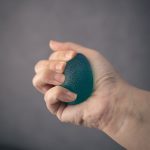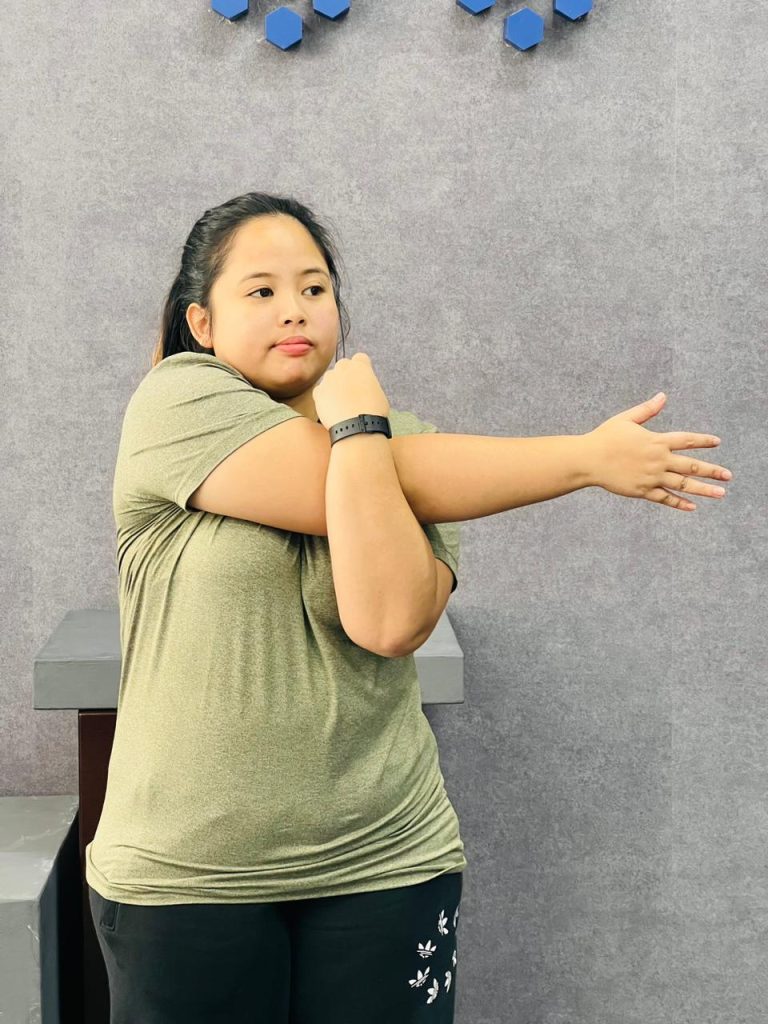
Health Blog | 3 MIN READ
Rotator Cuff Injuries (Tentiditis)
Dr. Kat
Rotator cuff injuries are a result of one’s tendon tissues wearing and tearing overtime from repetitive overhead motions or heavy lifting. The rotator cuff can also be injured by trauma or accidents from single incidents like falling.
There are two types: a complete tear and a partial tear.
● Complete Tear: The tendon separates completely from the bone, there is a clear hole or rip in the tendon. ● Partial Tear: The tendon is still somewhat attached to arm bone with an incomplete tear.
The Anatomy of the Rotator Cuff
The rotator cuff is a group of muscles that support the structure and function of your shoulder. It includes the following muscles:
● Subscapularis
Responsible for the internal rotation of the shoulder.
● Infraspinatus
Responsible for the external rotation of the shoulder.
● Teres minor
The lateral external rotation of the arm.
● Supraspinatus
Responsible for the abduction of the arm.
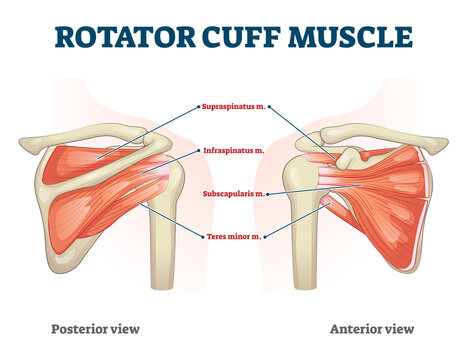
Rotator Cuff Injury Symptoms
● Deep Dull Ache
● Pain That Disturbs Sleep
● Arm Weakness
● Difficulty Doing Movements That Require You To Reach The Back Of Your Back
● Cracking Or Granting Sounds With Movement
Causes
Accidents. A fall or trauma can cause a dislocated shoulder or broken shoulder in return tears the rotator cuff.
Overuse. Repetitive overhead motions and constant participation in sports or jobs can stress the shoulder muscle and tendons resulting in tears.
Bone Spurs. Bony growths form on top of the bone which leads to issues every time one lifts their arm as it rubs against the tendon. The friction eventually creates a partial or complete tear.
Decreased Blood Flow. As one ages, less blood circulates to the rotator cuff. For your muscles to function and repair, an adequate blood flow is required, without a healthy supply; tendons can tear.
Risks
● Family History
● Poor Posture
● Smoking
● Being 40 or Older
● Certain Occupations
- Carpenters
- Mechanics
- Painters
● Sports
- Baseball
- Softball and tennis
- Rowing
Rotator Cuff Injury Test
Empty Can Test . This tests the supraspinatus muscle, the physical therapist would raise the patient's arm to a 90 degree angle, the elbow extended, a full rotation and pronation of the forearm. The test is considered positive if the patient feels pain.

Resistance Test . This tests the infraspinatus muscle. It is done via a lateral rotation with the elbow extended and the arm in a neutral abduction position.

Hornblower’s Test This tests the teres minor muscle. The arm is at 90 degrees abduction with the elbow flexed at 90 degrees whilst doing a lateral resistance. The test is positive if the patient feels pain.
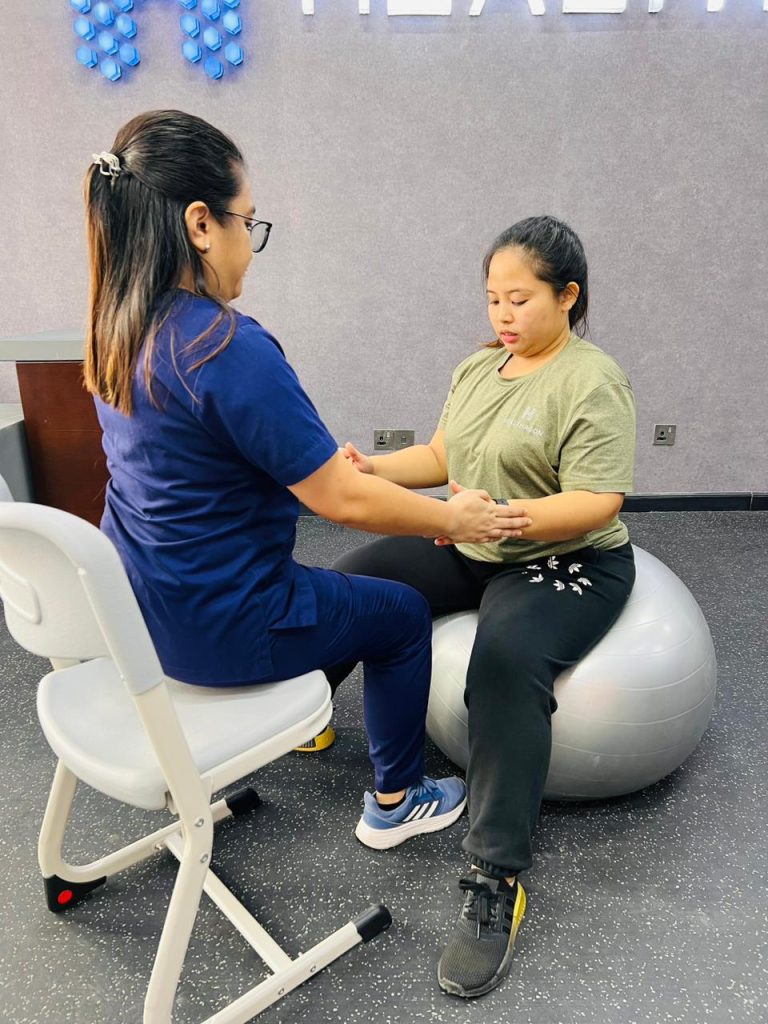

Lift - Off Test. This tests subscapularis muscle. In this evaluation the patient is expected to raise his hand around the back with his palms facing background to the lumbar region. The test is positive if the patient is unable to lift his hands away from his back.
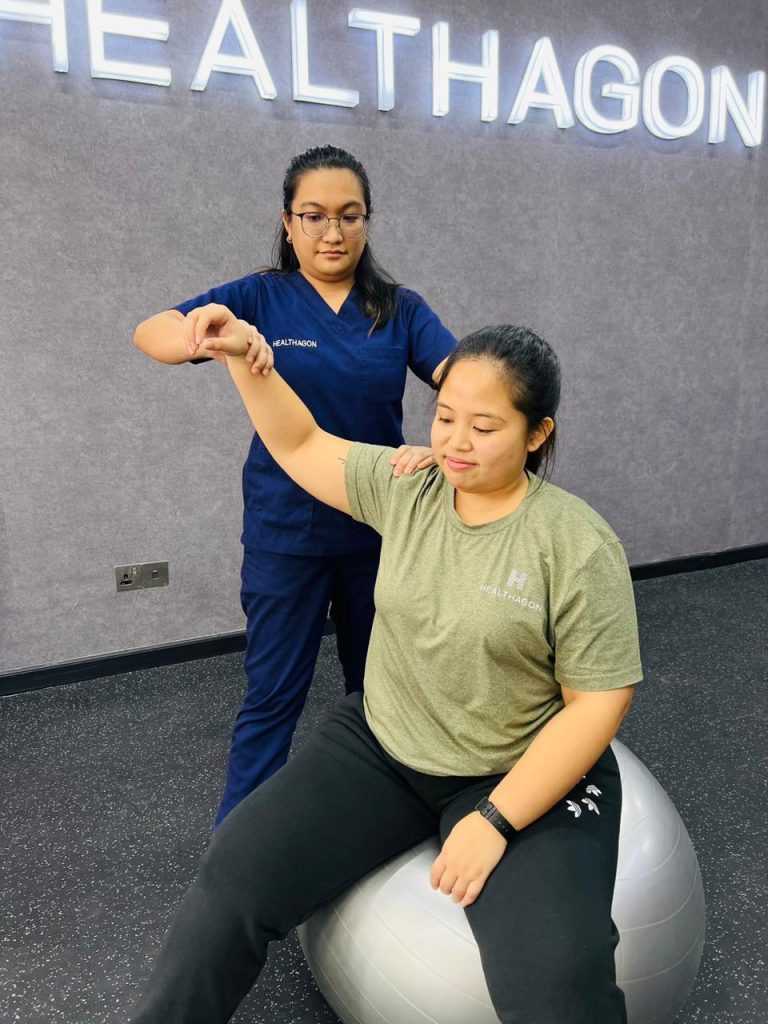

Rotator Cuff Injury Treatment
● Rest to prevent worsening
● Anti - inflammatory medication
● Strengthening and stretching exercises to restore strength and gain movement
● Ultrasound therapy for pain management
● Ice therapy for swelling
Rotator Cuff Exercises and Stretches
Pendulum
Lead your body and place one arm on a table for support whilst letting the other arm freely hang. Gently swing the hanging arm side-to-side in circular motion. Repeat 2 sets 10, five times a day.



Crossover arm stretch
Rest your shoulders and use one arm to pull one arm gently across your chest as far as possible. Hold for 30 seconds and relax. Repeat 4 times with each side, five times a day


Passive Internal Rotation
Hold a stick behind your back with one hand, and pull horizontally. Hold for 30 seconds and relax for 30 seconds. Repeat 4 times with each side, five times a day
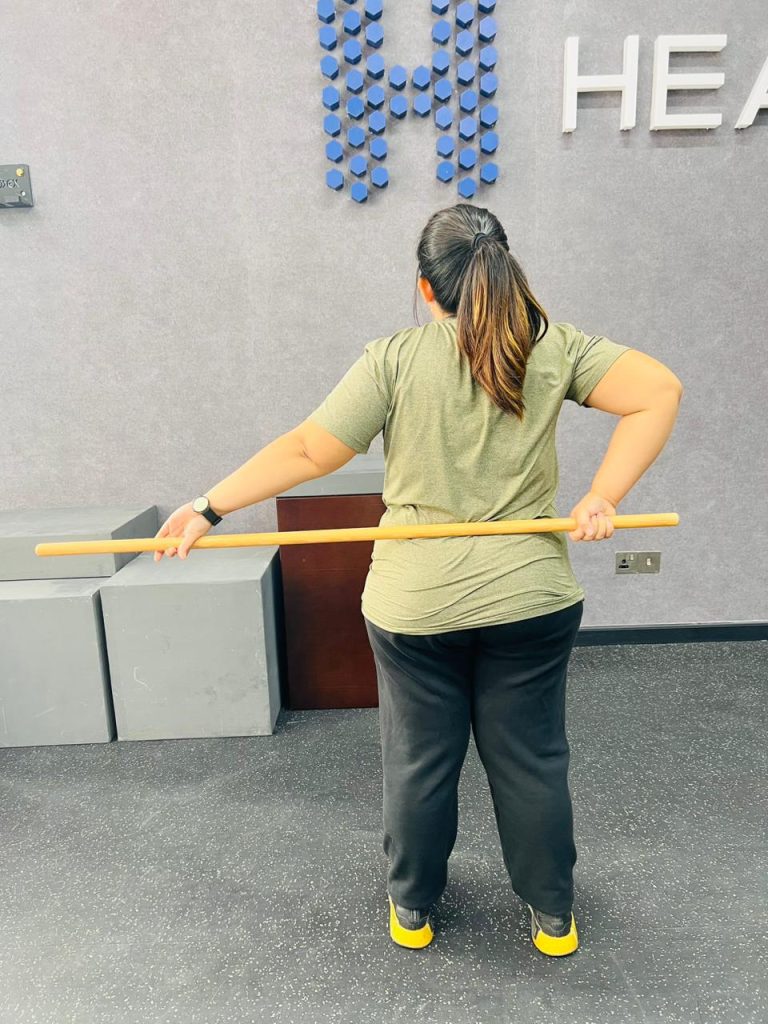

Passive External Rotation
Grasp the stick on one hand and cup with the other hand. Move horizontally without your hips moving. Hold for 30 seconds and relax for 30 seconds. Repeat 4 times with each side, five times a day
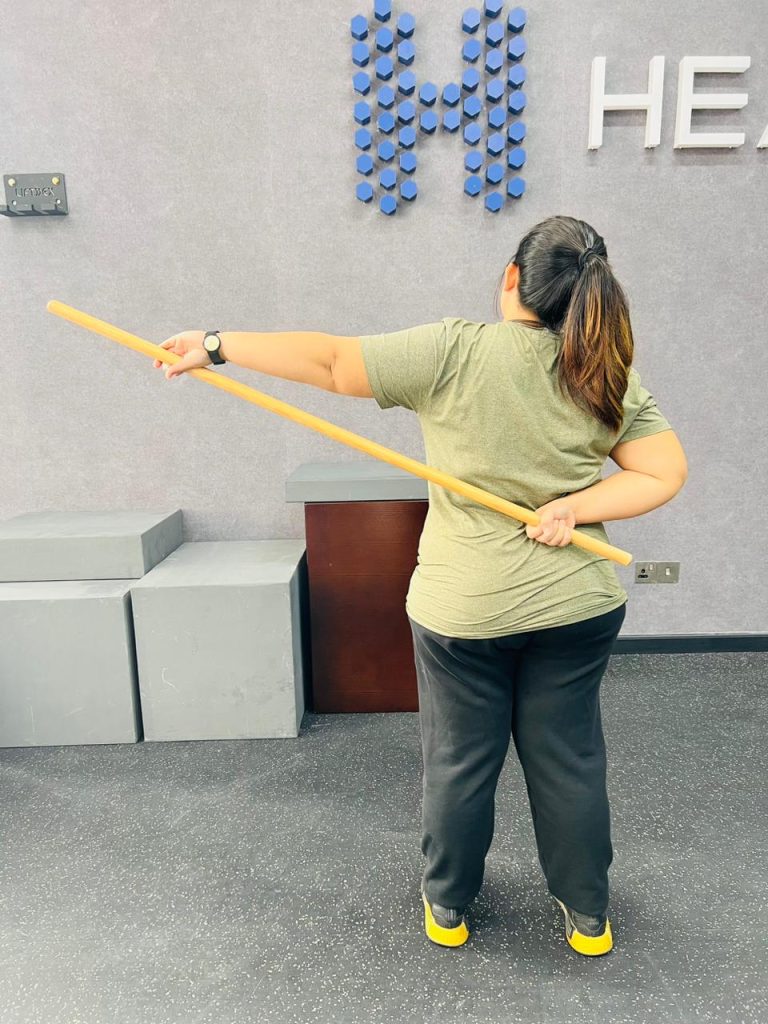

People Also Ask :
Generally it would completely heal in four weeks, in severe cases 16 to 24 weeks.
● Resting
● Ice Therapy
● Physical therapy.
Even better if you can take precautions and avoid it.
● Your pain progressively worsens and interferes with your daily activities and sleep.
● You lost mobility and can not use your shoulder as much as you used to.


